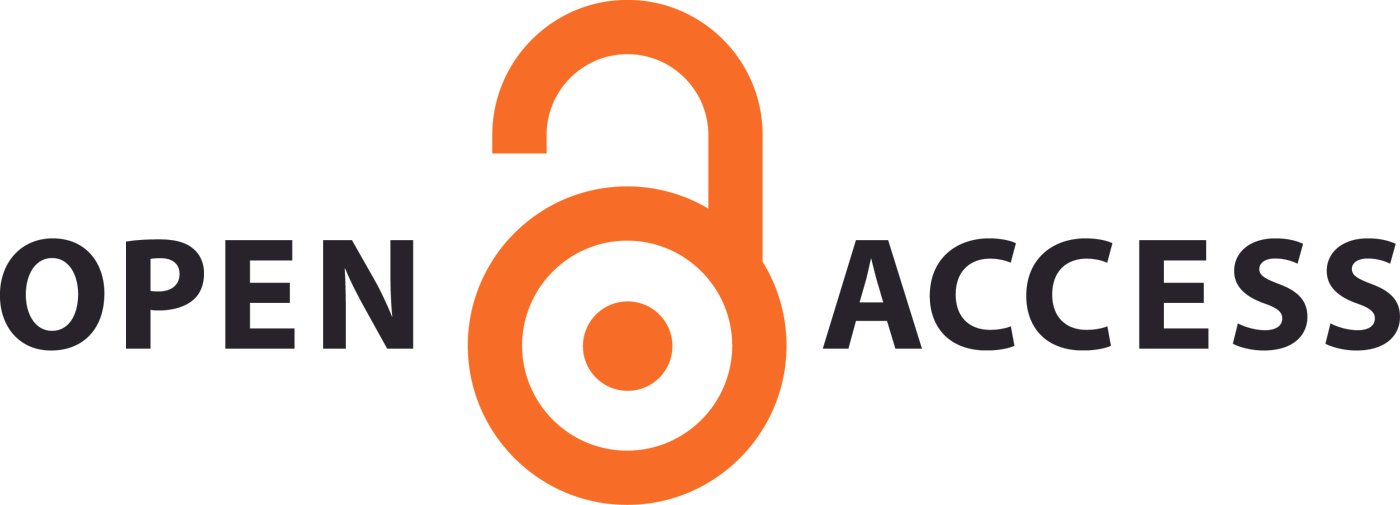Nutrition Assessment in Head and Neck Cancer Patients Pre and Post Chemoradiotherapy
Keywords:
Nutrition assessment, Head and neck cancer,
Chemo-radiotherapy (CRT).
Abstract
Introduction: Head and neck cancer patients are frequently malnourished at the time of diagnosis and prior to the beginning of treatment. Deterioration of the nutritional status results in an increase in chemo-radiotherapy (CRT) related toxicity, and this may increase the prolonged treatment time, which has been associated with poor clinical outcome. The present study aims to do a nutritional assessment before and after CRT in head and neck cancer patients. Material and Methods: The present study was undertaken at the Department of Radiation Oncology, Shri Ram Murti Smarak Institute of Medical Sciences, Bareilly. In this study, 50 patients of head and neck tumors were enrolled, and their nutrition was assessed before and after CRT. Nutrition assessment was done using different laboratory parameters like hemoglobin, total leukocyte count, blood urea, serum creatinine, and serum bilirubin. Anthropometric parameters used are body mass index, skinfold thickness, and mid-arm circumference. Nutritional risk indicator and patient-generated subjective global assessment (PG-SGA) score are measured before and after CRT. All the parameters were assessed and analyzed using different statistical tests – Chi-square test, Fisher exact test, and paired t-test. Results: Hemoglobin decrease was statistically significant during treatment (p less than 0.001), and the decrease in total leukocyte count during treatment was showing a trend towards significance (p-value -0.056). There was deterioration in other parameters like blood urea, serum creatinine, and serum bilirubin but was not statistically significant. Anthropometric parameters–body mass index (BMI), mid-arm circumference (MAC), skinfold thickness, and percent body fat showed a significant change (p less than 0.00001). Nutritional risk indicator and PG-SGA class have decreased for the majority of patients during treatment, and the change is statistically significant (p less than 0.00001 and p = 0.0251), respectively. Conclusion: Nutrition has an important role to play in the management of head and neck cancers by CRT. It helps to reduce the complications and improve the tolerance of CRT, thus avoiding treatment breaks, which may lead to failure of treatment.Downloads
Download data is not yet available.
Published
30-12-2016
How to Cite
[1]
P. Kumar, B. P. Pateneedi, D. P. Singh, and A. K. Chauhan, “Nutrition Assessment in Head and Neck Cancer Patients
Pre and Post Chemoradiotherapy”, SRMsJMS, vol. 2, no. 02, pp. 66-72, Dec. 2016.
Section
Articles
Copyright (c) 2016 SRMS Journal of Mathematical Sciences

This work is licensed under a Creative Commons Attribution-NonCommercial-NoDerivatives 4.0 International License.

.jpg)






 .
. 